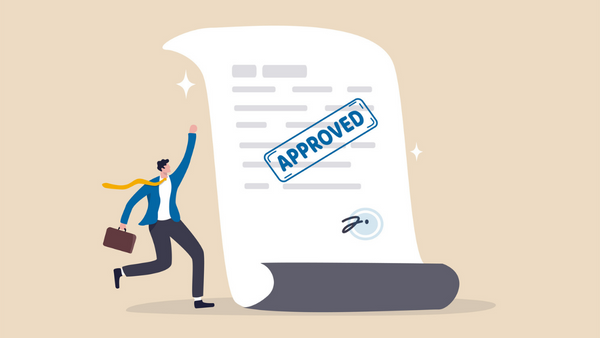Cast your minds back to March 2020. Of course, this date will be etched into all of our minds forever more as the start point of the pandemic and the introduction of the first (of many) lockdowns and restrictions. Social interaction of any kind under the ‘rules’ was significantly limited. One of the few benefits of this was that employers were granted a hiatus from having to conduct an in-person right to work process and were permitted to undertake right to work checks via a video call, with copy documents in place of originals.
Sadly, the government has announced that this flexible way of conducting checks will come to an end on 30 September 2022. It is not entirely clear why this decision has been taken, given the remote checks seemed to be working well for both employers and employees alike. However, we are where we are, so here is everything you need to know about the upcoming changes.
Before jumping into the changes, what would a legal article be without a quick lecture on the subject matter. Having a robust right to work check process in place is crucial for every UK business. Employers can face civil penalties of up to £20,000 if they are found to be employing people who do not have the right to work in the UK. Further, if the employer knows, or ought to have known, that the employee in question does not have the right to work, they can also face criminal sanctions in addition to the fine.
From 1 October 2022, employers will only be able to use one of three methods of checking an individual’s right to work. That is an online check, the traditional manual check or by using an Identity Service Provider (IDSP).
Online check
This method should be used where the employee holds a Biometric Residence Card, Biometric Residence Permit or a Frontier Worker Permit. The position here is unchanged following the most recent right to work update on 6 April 2022, so employers should (hopefully) be familiar with the online method.
In order to complete this check, employers need to simply request a share code from the individual and then follow the steps on the Gov.uk website to complete the checks online. A careful review should be conducted to ensure the details presented match up with the individual to whom the check relates, then a copy of the result should be saved (digital copy is fine) to confirm the check has been completed.
The Employer’s Checking Service
This can be used in a number of circumstances to establish a statutory excuse, where the individual does not have the documents required to perform the online check. These may include where:
- The employee has a document to confirm they have applied via the EU Settlement Scheme and are awaiting a decision, e.g. Certificate of Application, or an email/letter of acknowledgement;
- The employee has claimed asylum and holds an Application Registration Card;
- The employee has an outstanding application and is awaiting a decision – provided the application was submitted before the expiration of their previous visa;
- The employee has an outstanding appeal or administrative review; or
- The employee is a long-term UK resident, who arrived in the UK before 1988.
The Manual Check
Very much a return to the status quo with no updates to report. Full guidance on conducting the manual checks can be found here, but the principle steps are:
- Meet the individual in-person;
- Check the original (copies will no longer be permitted) documents; and
- Retain a copy of these documents.
In order to obtain a statutory excuse, employers should ensure they only accept documents from Lists A&B of the Home Office guidance as proof of the person’s right to work in the UK.
Lastly… Identification Document Validation Technology
This was initially introduced as part of the April 2022 changes and can be used for anyone who is not eligible for online checks, so by and large this will be UK and Irish passport holders. More detailed information can be found here. In essence, this is a paid for third party service, which must be Home Office approved, that will conduct checks remotely.
It is unclear to date how this has landed with UK employers. Broadly speaking, this may be beneficial for businesses where a large portion of their workforce works remotely making in-person checks difficult and burdensome. It is unlikely to be particularly appealing to small or medium businesses who have the infrastructure to conduct manual checks, due to the additional cost.
Hopefully you should now be up to speed on the upcoming changes. It is certainly disappointing that, seeing as so many aspects of our work and personal lives have now been digitised and altered to suit a more remote and agile setting following the pandemic, the government has reverted to the traditional right to work check model (with very little warning), but this is the decision and now we must all follow suit.
If you have any specific questions or concerns, please do get in touch with the Immigration team to discuss further.
Employment law insights webinar: navigating change and compliance
We are excited to invite you to our upcoming webinar, where we will delve into critical updates and changes in employment law that are essential...

